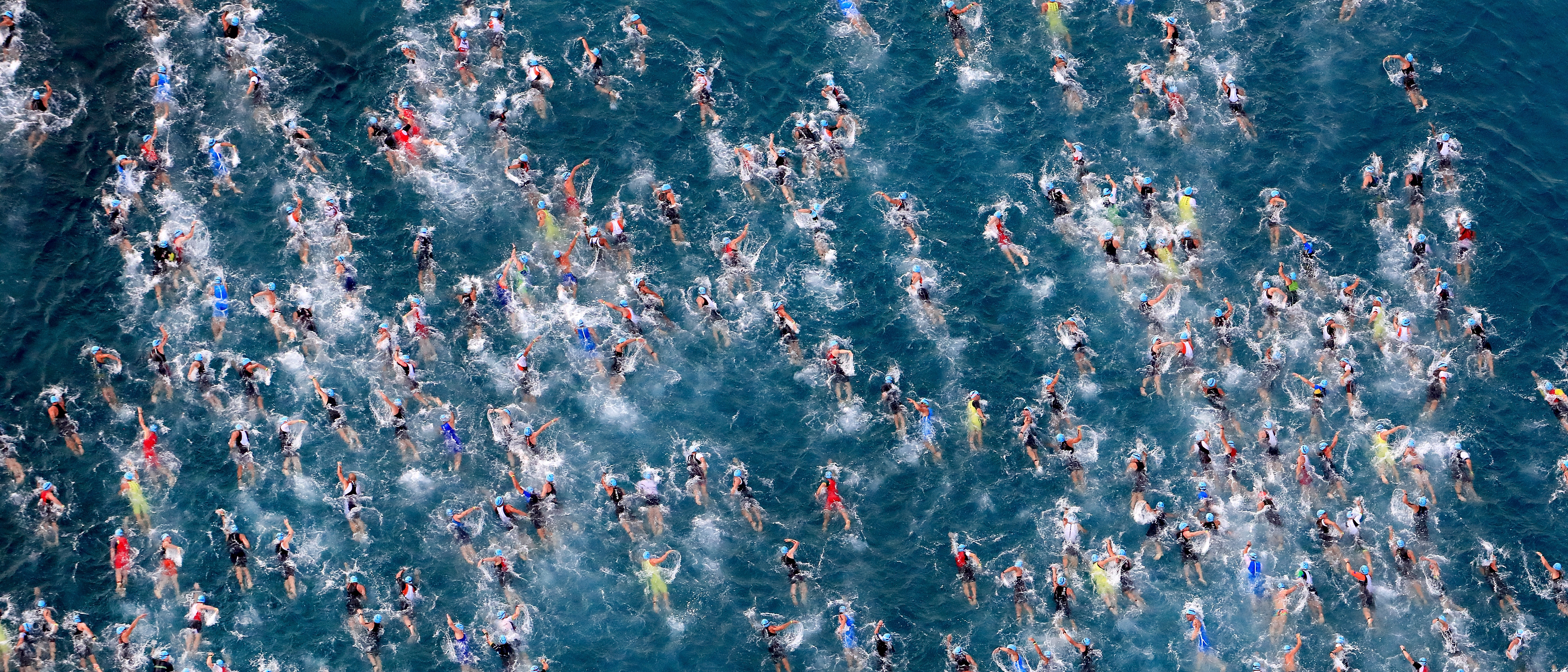If you love , chances are you've thought about entering an open water event. Maybe you've already signed up for one and are well into your training and feeling confident in your abilities. Training on its own will only get you so far though.
There are some useful things to know that only come from experience. So read on and get ahead of the pack, with some extra help from an open water veteran..

. Unless you’re incredibly lucky, if you swim any kind of distance in a wetsuit, no matter how well fitted it is, it will rub. I learned this the hard way the first time I did the , which is a 6km swim along a brackish river.
The combination of the salty water and more than 4 miles of repeated movements took several layers of skin off the back of my neck that took weeks to heal. In the water you won’t necessarily feel your wetsuit or swimsuit rubbing. The cold water reduces the sensitivity of your skin and so you won’t know about the damage until it’s too late.
Now when I swim events I apply a very thick layer of around the neck, crotch and armpits before I zip my wetsuit up. Once it’s on, I add more around the neck just to be safe. If you find your wetsuit zip is part of the chafing problem, consider wearing a neoprene vest under your wetsuit.
It’ll add warmth to your core, and protect your neck even more. If you’ve been training in a lake or a river, chances are it won’t have been that busy. And even if it was, at open water training spaces swimmers generally try to g.






















